Summary of Loss of p53 Drives Neuron Reprogramming In Head and Neck Cancer
From Nature, February 2020; 578(7795):449-454.
Article Review by Moran Amit, MD, PhD and Patrick J. Hunt, MD, PhD
Background / Hypothesis
Solid tumors are complex collections of cells that are encircled by benign cells that both influence and are influenced by the tumor. These surrounding cells, known as the tumor microenvironment, include vasculature, immune cells, neurons, and other cell types. Tumors manipulate these nearby cells in ways that benefit the tumor. Autonomic neurons have been shown to innervate and drive malignant growth in a variety of solid tumors, including head and neck, prostate, breast, and gastric cancers. However, the mechanisms by which these neuron-tumor relationships are formed are not well understood. In this study, we hypothesized that the trophic relationships between oral cavity squamous cell carcinomas (OCSCCs) and nearby autonomic neurons arise through direct signaling between the tumors and local neurons.
Design
This study was conducted using several laboratory models. OCSCC progression was modeled in mice by genetic knockout of the Trp53 gene (encoding the p53 protein) combined with administration of the carcinogen 4-nitroquinoloine 1-oxide (4NQO), which mimics the genetic alterations associated with tobacco use. Additional studies were conducted in cell culture models in which p53-deficient cells were co-cultured with mouse trigeminal ganglia neurons. Xenograft models were also used, in which OCSCC cells were injected directly into the oral cavities of mice. Using these models, we examined changes in the cellular composition of the tumor microenvironment and in changes in microRNA expression in cancer cells, and the effects that these changes had on the tumors and associated neurons.
Summary of Results
Loss of p53 expression in OCSCC tumors resulted in increased nerve density within the tumors. This neuritogenesis was controlled by shuttling of tumor-derived microRNAs via extracellular vesicles. The microRNAs within these extracellular vesicles were primarily responsible for regulating the observed axonogenesis. Of these vesicular microRNAs, miR-34a acted s a major restrictive factor for neuritogenesis, whereas miR-21 and miR-324 activity promoted neural reprogramming and neuritogenesis. Moreover, the neurons innervating p53-deficient OCSCC tumors acquired adrenergic features through transdifferentiation of trigeminal sensory nerve fibers. This transdifferentiation process corresponded with increased expression of neuron-reprogramming transcription factors, including POU5F1, KLF4, and ASCL1, which are overexpressed in p53-deficient samples and are candidate targets of miR-34a regulation. In OCSCC samples from human patients, increased expression of tyrosine hydroxylase, a marker of adrenergic neurons, was strongly associated with poor outcomes, thereby demonstrating the relevance of these findings in human patients with cancer.
Strengths
- Rigorous basic science experimentation in highly validated models.
- Novel discovery of a cancer-driven mechanism regulating increased neuritogenesis and neurotype switching.
- Delineation of a clear path towards using extracellular vesicle samples as
biomarkers of disease and microRNAs as targets of anticancer therapies. - Direct relevance to human patients with OCSCCs
Weaknesses
- Human evidence is based on association—a follow up study therapeutically targeting the adrenergic neurons innervating OCSCCs would be informative.
- Proteins and other small molecules within the extracellular vesicles might also be important for the growth and spread of both neurons and tumors.
Key Points
- OCSCC tumors deficient in p53 demonstrate increased adrenergic innervation. This increased adrenergic innervation is associated with poor outcomes in a variety of human cancers. Until this study, the mechanisms that drive this phenomenon were unknown.
- Extracellular vesicles derived from p53-deficient OCSCC cells carry numerous microRNAs, including miR-21 and miR-324, which both act to increase neuritogenesis in nearby neurons.
- Retrograde molecular signaling from p53-deficient tumors drives neural transdifferentiation of trigeminal sensory neurons to an adrenergic neurotype. This increased adrenergic activity subsequently drives increased tumor growth.
- Increased expression of adrenergic markers in human OCSCC biopsy samples is associated with poor survival in patients. This finding, combined with these newly uncovered mechanisms, strongly suggests avenues for future therapies to diagnose and treat patients with cancer.
From the Basic Science/Translational Service
Jeffrey C. Liu MD Vice Chair
Richard Wong MD Chair



